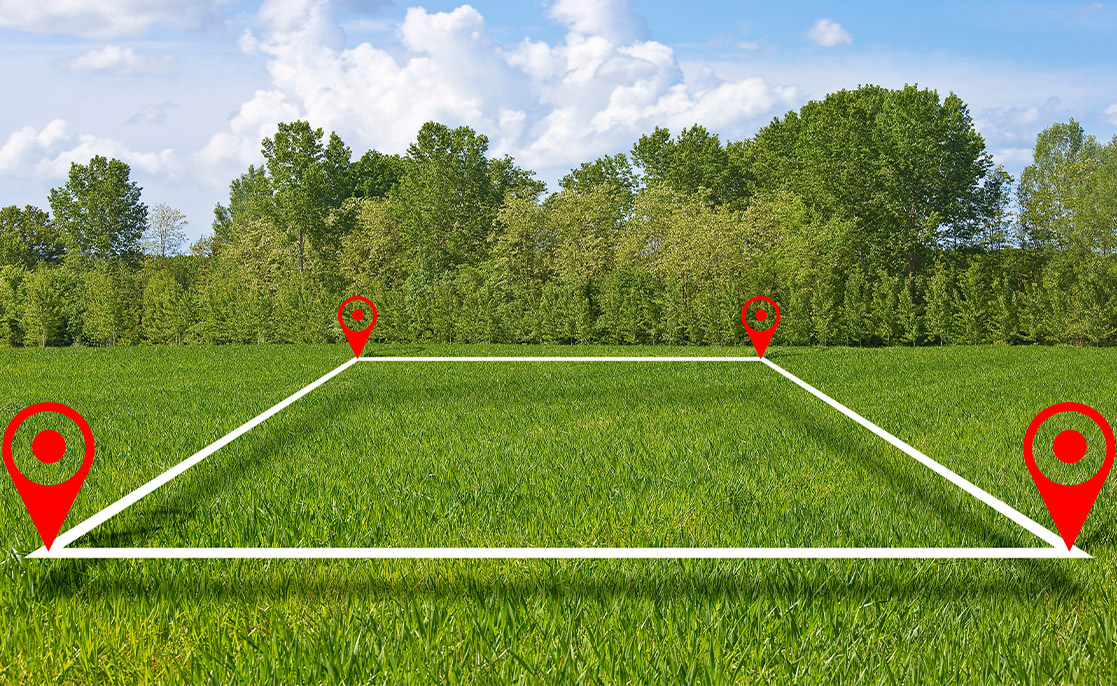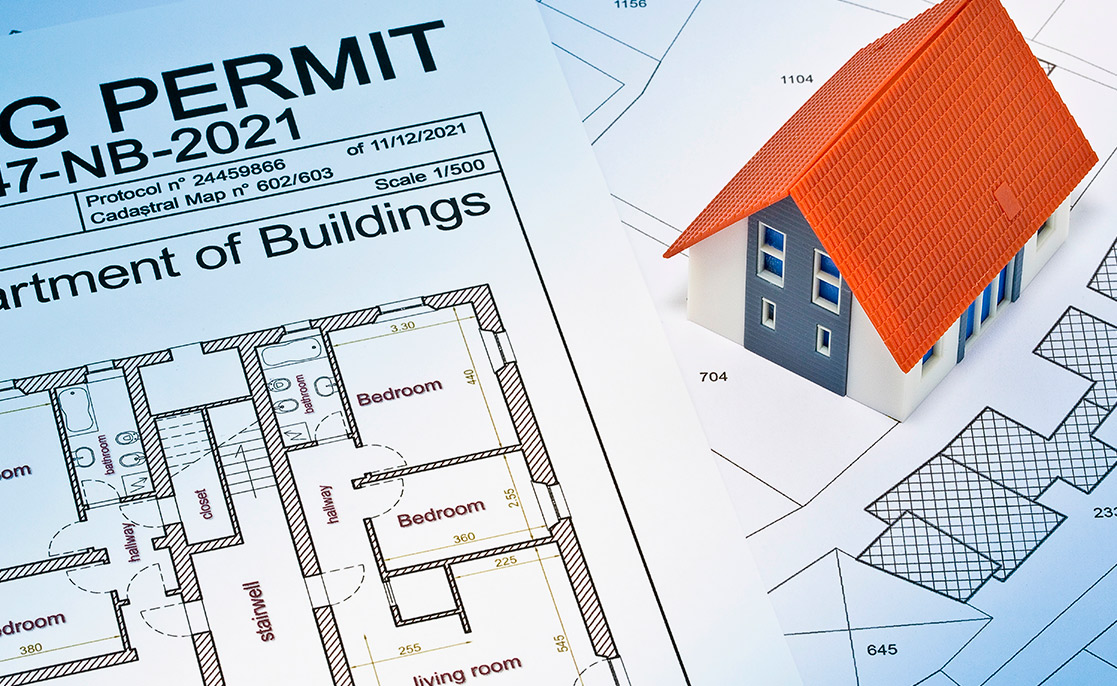How to Buy Land and Build a House in Texas: Expert Guide
The journey to your dream home begins with finding the perfect plot of land. In Texas, where land is diverse and plentiful, making an informed decision requires careful consideration of multiple factors. From selecting the right land to navigating zoning regulations, financing, and construction, each step is important to guarantee a smooth journey from an empty lot to your dream home. The land you select serves as the foundation not just for your home’s structure, but for your lifestyle for years to come. This Texas land buying guide consolidates the most important facts you need to know before taking the plunge.
1. Finding and Purchasing the Right Land in Texas

Finding the perfect plot of land is the foundation of building a successful custom home. Texas offers a wide variety of land options, from urban lots to rural acreage, and choosing wisely impacts both your lifestyle and long-term investment.
Key Considerations When Evaluating Land
When evaluating potential properties, focus on practical and personal factors that affect daily living and resale value:
- Location Matters: Consider proximity to work, schools, shopping, and healthcare. The location determines the cost. Urban land generally costs more than rural parcels, while rural locations offer privacy and larger plots.
- Size and Topography: Make sure the acreage supports your building plans, outdoor living spaces, and future expansions. Land slope and soil type may affect construction feasibility.
- Accessibility: Check for year-round access and any required easements to cross neighboring properties legally.
- Environmental Conditions: Understand local climate, flood zones, soil quality, and natural hazards that may influence building costs and safety.
- Noise and Surroundings: Consider nearby highways, airports, or industrial areas that may affect quality of life.
Researching Property Details
Before committing to a purchase, carefully examine the property’s legal and practical aspects:
- Title Search: Employ a professional to confirm the property has a clear title, free of liens or restrictions. In Texas, mineral rights may be separate from surface rights, allowing for potential oil and gas activity.
- Utility Availability: Confirm access to water, electricity, sewage, and internet services.
- Past Land Use: Investigate previous use to detect potential soil contamination or remediation requirements.
- Tax Implications: Determine whether an agricultural appraisal or other exemptions apply, as they can significantly affect property taxes.
Working with Land Specialists
Navigating Texas land purchases is easier with professionals familiar with local regulations:
- Land Experts: Look for a specialist developer in rural or undeveloped properties, as they understand water rights, easements, and regional construction issues.
- Price Research: Compare local land sales to understand fair market value.
- Additional Testing: Consider soil surveys or environmental assessments to avoid surprises during construction.
By thoroughly evaluating your options, you lay a solid foundation for building your dream home in Texas.
2. Navigating Zoning Laws and Permits in Texas

Once you have selected your land, understanding zoning laws and obtaining the necessary permits is imperative if you want to navigate the home construction process successfully. Texas regulations differ by municipality and unincorporated areas, and failing to comply can cause delays or additional costs.
Zoning in Texas
Texas takes a unique approach to zoning. Some cities, like Houston, lack comprehensive zoning ordinances but enforce building codes and deed restrictions. Others have stricter regulations affecting lot size, setbacks, architectural design, and required permits. Understanding these rules is essential to guarantee your plans comply with local laws.
Factors Affecting Building Regulations
Even in minimally zoned areas, other rules can impact your home design:
- Deed Restrictions: Rules established by previous owners or developers governing property use.
- Homeowners Association (HOA) Covenants: Standards for architecture, landscaping, setbacks, and property maintenance.
- Utility Easements: Areas reserved for public infrastructure that cannot be built upon.
- Floodplain Requirements: Special considerations for properties in designated flood zones.
Determining Your Property’s Zoning Classification
Before finalizing your purchase or design, confirm zoning details:
- Obtain the property’s legal description and parcel identification number.
- Review the official zoning map for your jurisdiction.
- Request a zoning verification letter for official confirmation.
- Identify setbacks, height restrictions, and lot coverage percentages.
- Ensure your home design complies with local building codes.
Understanding the Permit Process
Building permits are required to verify safety and code compliance. Typical permits include:
- Building Permit: Covers general construction; fees range from $400–$1,800 for a 2,500 sq. ft. home.
- Electrical, Plumbing, and Mechanical Permits: Required for installations of systems and fixtures.
- Driveway/Culvert Permits: Necessary for public road access.
- Septic System Permits: Required in areas without municipal sewer service.
Common Zoning Challenges
Challenges may arise during planning or construction. Solutions include:
- Agricultural Zoning: May limit home size or placement; consider exemptions or limited rezoning.
- Setback Requirements: Request a variance for irregular lots.
- Historic Districts: Work with architects familiar with historic design guidelines.
- Subdivision Regulations: Larger parcels may require consultation with land use attorneys and engineers.
3. Financing Strategies for Land Purchase and Home Construction

Financing a custom home differs from buying an existing property. You must cover both land purchase and construction, require careful planning and understanding of available options.
Financing Options Overview
Several pathways are available for funding your project:
- Land Loans: Designed for purchasing vacant land; often higher interest rates with 10–15 year terms. Down payments typically range 20–50%, depending on land use.
- Construction Loans: Short-term loans with disbursements based on completed stages.
- Construction-to-Permanent Loans: Convert to a mortgage after construction, reducing multiple closings.
- Combined Loans: Finance both land and construction in a single package, simplifying the process.
Preparing Your Finances
Financial preparation strengthens your application and borrowing capacity:
- Credit Profile: Aim for scores of 680 or higher; reduce debt and avoid new credit applications.
- Down Payment: Expect 20–30% of the total land and construction costs.
- Documentation: Organize tax returns, bank statements, and employment verification.
- Pre-qualification: Determine your budget before buying land or starting design.
Budgeting and Cost Management
Proper budgeting avoids surprises:
- Total Costs: Include land, site preparation, permits, utilities, landscaping, and interior finishes.
- Contingency Funds: Allocate 10–20% for unexpected expenses.
- Carry Costs: Account for both existing housing and construction loan interest during building.
- Down Payment Assistance: Explore local programs that can reduce upfront cash requirements.
4. The Home Construction Process

With land, permits, and financing in place, building a house from scratch can begin. Knowing what to expect at each stage helps the process run smoothly and efficiently.
Step-by-Step Construction
- Builder Selection: Research and interview multiple builders. Review portfolios and past projects and visit active sites.
- Design Development: Collaborate with architects to create personal plans that consider lifestyle needs and Texas climate. This includes floor plans, elevations, and materials selection.
- Permitting and Site Preparation: Builders handle permit applications, clearing, grading, and establishing utilities.
- Construction Phases: Foundation, framing, roofing, and installation of mechanical systems follow a sequential process.
- Final Inspections: Verify all construction meets building codes and quality standards before move-in.
Key Design Considerations
- Energy Efficiency: Consider high-efficiency HVAC systems, insulation, energy-efficient windows, and home orientation to minimize heat exposure.
- Architectural Style: Popular Texas styles include Contemporary, Mediterranean, Ranch, and Craftsman. Choose a style that suits the environment.
- Outdoor Living: Include patios, kitchens, and landscaping designed for Texas weather.
Managing Timelines
Construction usually takes 6–12 months, influenced by weather, material availability, and design complexity:
- Build realistic schedules with contingency periods.
- Make timely design decisions to avoid delays.
- Conduct regular progress meetings.
- Account for seasonal weather impacts, especially hurricanes.
Collaborating with Your Build Team

- Communication: Set preferred channels and update frequency with your builder.
- Decision Timeline: Align design decisions with construction phases to prevent bottlenecks.
- Change Management: Understand budget and timeline impacts before approving modifications.
- Quality Control: Schedule site visits and set benchmarks for key construction phases.
Building a custom home in Texas requires informed decisions, careful planning, and professional guidance. From selecting land to navigating permits, financing, and construction, each step influences the success of your project. By focusing on essential factors and working with experienced specialists, you can create a home tailored to your lifestyle and the Texas environment.
Start Your Journey Today: Villa Design & Build specializes in creating custom homes in the Rio Grande Valley. From plot selection to final construction, our team delivers a seamless, high-quality process. Contact us for a free consultation to turn your dream home into reality.




